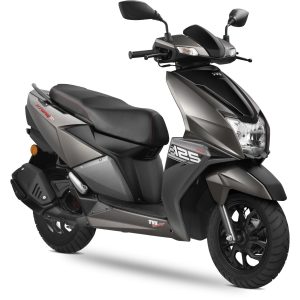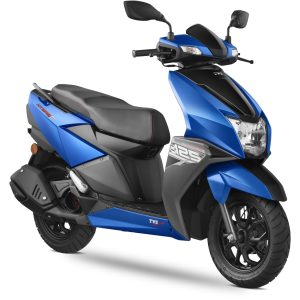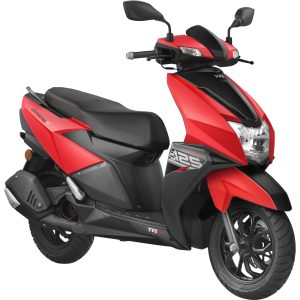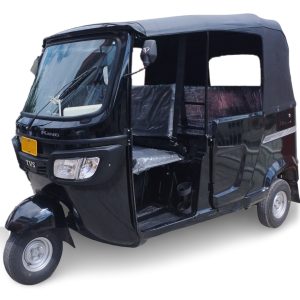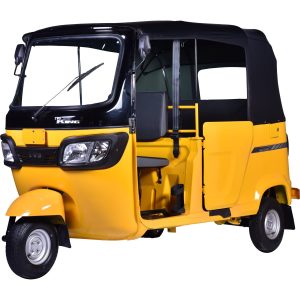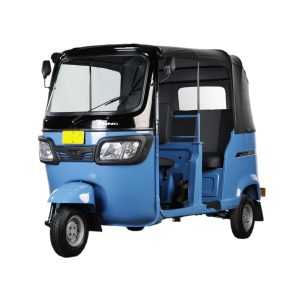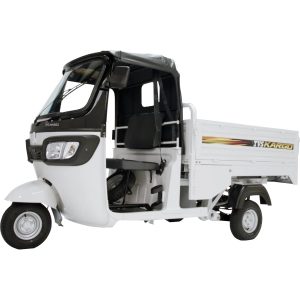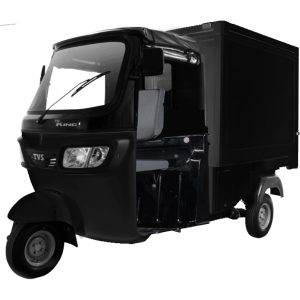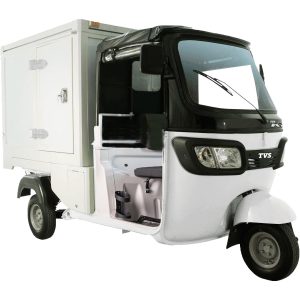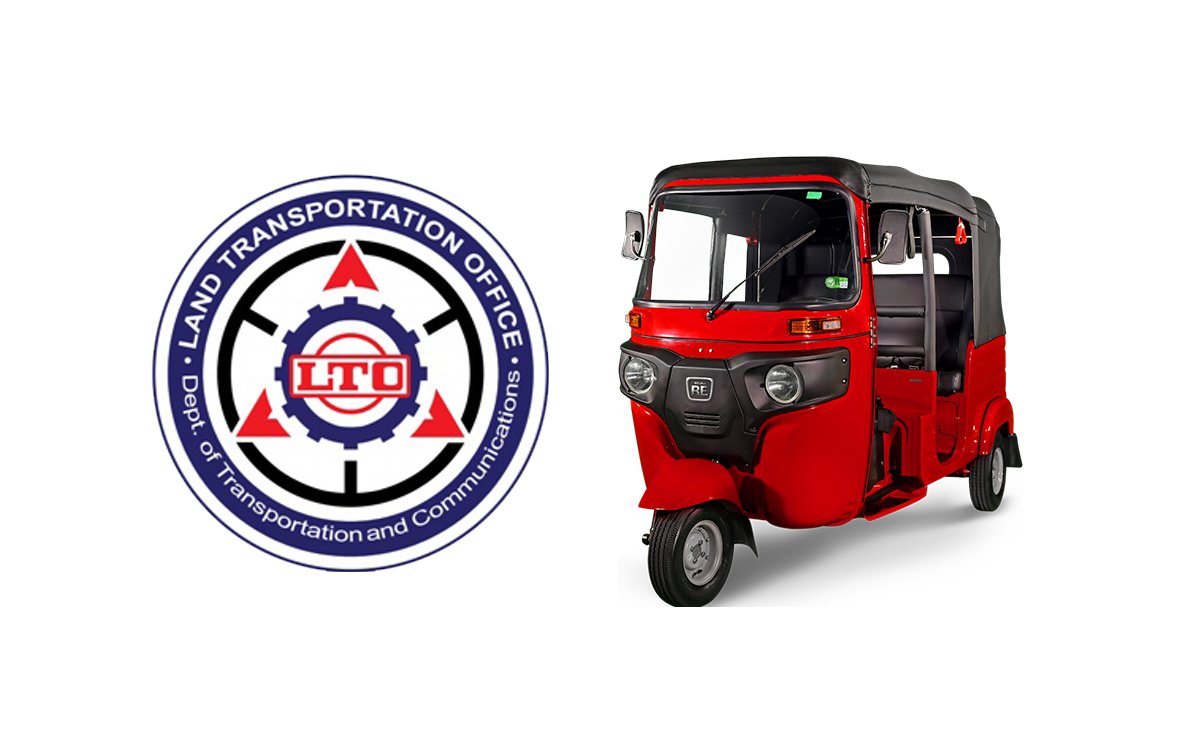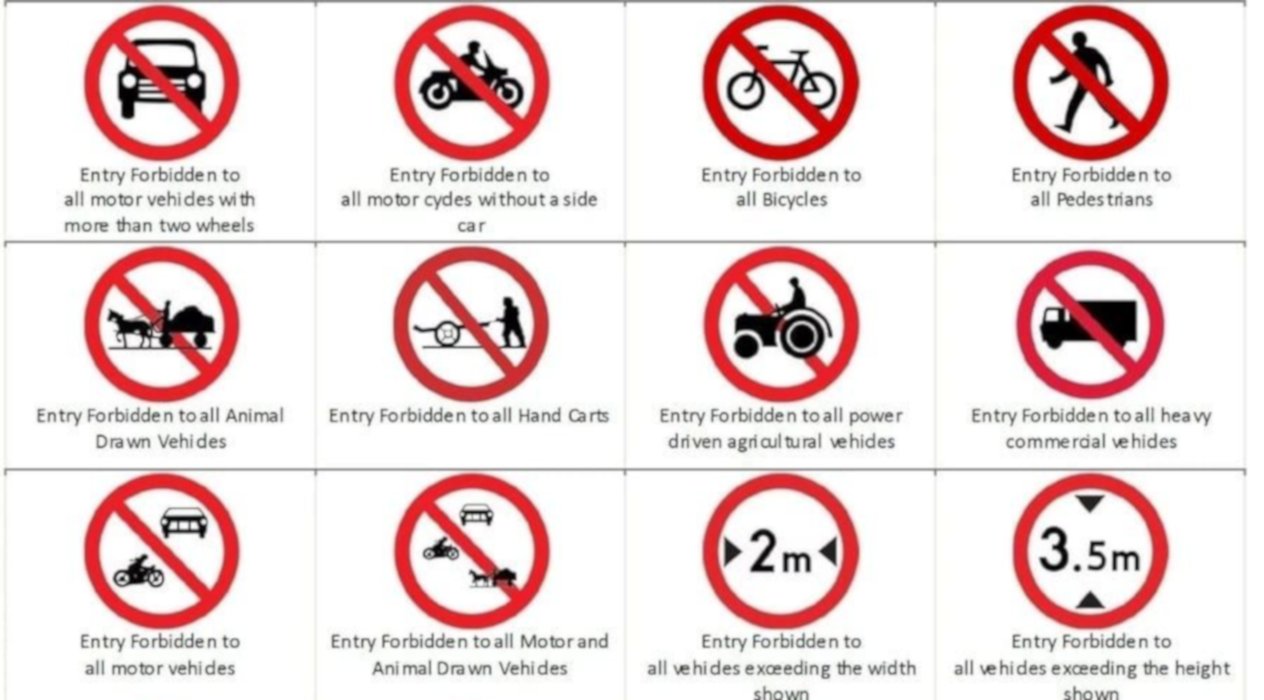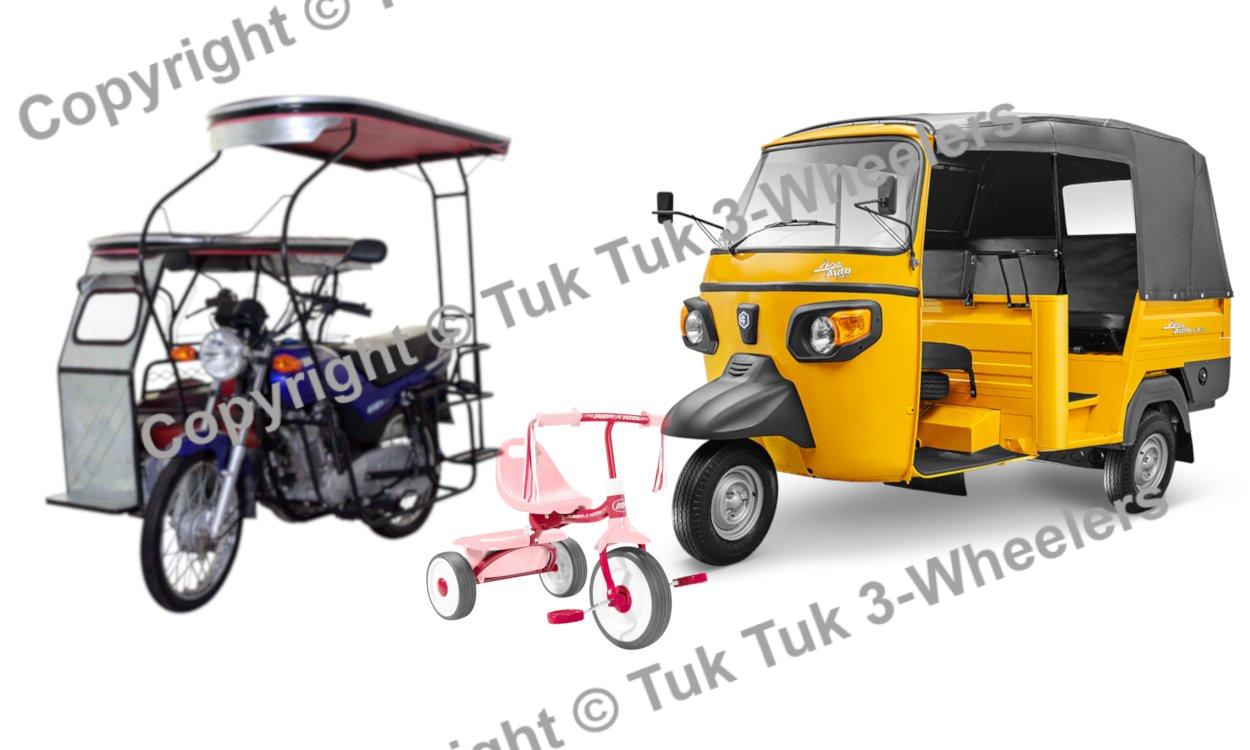What lane should you drive in?
When it comes to driving in the correct lane in the Philippines, it’s crucial to adhere to the regulations outlined in the Vienna Convention on Road Traffic. The Vienna Convention on Road Traffic was ratified by Presidential Decree No. 207 (1973) making it the law of the land in the Philippines.
This international agreement sets the standard for lane discipline and traffic flow. In this comprehensive guide, we will explore how to drive in the correct lane while staying compliant with the law. By understanding and following these guidelines, you can ensure safety, prevent accidents, and contribute to a smoother traffic flow.
Table of Contents
The Importance of Knowing What Lane should you drive in?
Driving in the correct lane is not just a matter of convenience but a vital aspect of road safety. By following the regulations set forth by the Vienna Convention, you contribute to the overall well-being of yourself and other road users. Adhering to lane discipline helps prevent accidents, reduce traffic congestion, and promote efficient traffic flow. It is essential to understand the significance of driving in the correct lane and the positive impact it has on road safety.
1. Understanding Lane Rules in the Philippines According to the Vienna Convention
To drive in the correct lane in the Philippines while complying with the Vienna Convention, it is important to be familiar with the following guidelines:
a) Keeping to the Same Side of the Road
As stated in Article 9 of the Vienna Convention, all vehicular traffic travelling in the same direction on any road must keep to the same side of the road. This uniformity ensures consistency and safety across all roads within the country.
b) Lane Selection on Two-Lane Carriageways
On two-lane carriageways designed for two-way traffic, drivers must keep their vehicles in the lane appropriate to the direction in which they are travelling. This rule means if there are two or more lanes going in your direction you must not cross to the other side of the road. This applies even if there are no solid lines.
c) Lane Selection on Carriageways with More Than Two Lanes
When driving on carriageways with more than two lanes, drivers should choose the lane nearest to the edge of the carriageway that is appropriate to the direction in which they are travelling. In the Philippines, this is the rightmost lane. The only time you should be in the left lane is if you are overtaking or if you are preparing to make a left turn. This guideline helps maintain organized traffic and facilitates efficient lane changes.
Tips for Driving in the Correct Lane Philippines in Accordance with the Vienna Convention
Driving in the correct lane according to the Vienna Convention requires attentiveness and adherence to traffic rules. Here are some valuable tips to enhance your lane discipline while driving in the Philippines:
a) Plan Your Route and Lane Changes
Before setting out on your journey, plan your route and any necessary lane changes in advance. Being prepared and aware of upcoming turns or intersections allows you to make smooth and timely lane adjustments.
b) Signal Lane Changes Clearly
Use your vehicle’s turn signals to indicate your intention to change lanes. Clear and timely signalling provides advance warning to other drivers, enabling them to adjust their speed and accommodate your lane change.
c) Maintain a Safe Following Distance
Maintain a safe following distance from the vehicle in front of you. This distance allows you to react to sudden lane changes or unexpected events, minimizing the risk of collisions.
d) Check Blind Spots Thoroughly
Always check your blind spots before changing lanes. Blind spots are areas around your vehicle that cannot be seen through the side or rearview mirrors. Turning your head to check for any approaching vehicles ensures a clear view and avoids potential accidents.
I Drive in the left lane Because there are often cars parked in the Right Lane Excuse is not Valid
Driving in the left lane solely because there are parked cars in the right lane is not a valid reason for doing so. The left lane is typically designated as the passing lane. It is meant for overtaking slower vehicles and maintaining a smoother flow of traffic.
Using the left lane as a constant substitute for the right lane due to parked cars can lead to several issues. Firstly, it can disrupt the natural flow of traffic, causing congestion and increasing the risk of accidents. Secondly, it can frustrate other drivers who wish to use the left lane for its intended purpose, potentially leading to aggressive behaviour and dangerous manoeuvres.
When encountering parked cars in the right lane, it is advisable to proceed safely and legally. If the parked cars obstruct your lane, it is important to think ahead, exercise caution, and, if possible, merge into the adjacent lane when it is safe to do so. Always prioritize following traffic laws, respecting lane designations, and being mindful of other drivers on the road.
Remember, maintaining proper lane discipline contributes to safer and more efficient traffic flow, promoting a harmonious driving experience for everyone.
Driving in the Correct Lane Philippines: Common FAQs
Q: Can I Change lanes at any time?
A: According to the Vienna Convention on Road Traffic and Article 9, lane changes should only be made when it is safe and necessary. It is important to check for other vehicles, use your turn signals, and ensure compliance with the direction of travel before changing lanes. In other words you should be in the right-most lane unless you are overtaking someone or you are preparing to turn left.
Q: Are there any exceptions to the “keep right, pass left” rule?
A: The Vienna Convention’s guidelines prioritize keeping to the right and passing on the left. The only exception is if you are passing a vehicle that is turning left. If you find that vehicles are overtaking you on your right side it means you are driving in the wrong lane.
Q: What should I do on two-lane carriageways?
A: When driving on two-lane carriageways intended for two-way traffic, follow the Vienna Convention’s guidelines by keeping your vehicle in the lane appropriate to the direction you are travelling. Which in the Philippines is the rightmost lane. This helps ensure a safe and orderly flow of traffic.
Q: How should I choose a lane on carriageways with more than two lanes?
A: On carriageways with multiple lanes, select the lane nearest to the edge of the carriageway that corresponds to the direction you are travelling which is the right most lane. By doing so, you maintain lane discipline and contribute to the smooth movement of traffic.
Q: What are the consequences of not driving in the correct lane?
A: Failing to drive in the correct lane can lead to traffic violations, accidents, and disruptions to traffic flow. It may result in penalties, fines, or even legal consequences. Additionally, not following lane rules can increase the risk of collisions and jeopardize road safety.
Q: How can I improve my lane discipline and driving habits?
A: To enhance your lane discipline and overall driving habits, it is important to stay informed about traffic regulations, practice defensive driving techniques, and remain attentive on the road. Regularly review the Vienna Convention guidelines and local traffic laws to ensure compliance.
Q: Is the rightmost lane only for slow vehicles?
A: No, the rightmost lane is for all vehicles, regardless of their speed.
Q: Are the left lane and the centre lanes for fast vehicles?
A: No they are overtaking lanes, that should only be used for overtaking as soon as you have finished overtaking you must move back to the rightmost lane.
Q: What should I do after overtaking?
A: After overtaking, you should move back to the rightmost lane.
Driving in the correct lane is essential to ensure road safety in the Philippines. The rightmost lane is designated for all vehicles, and the left lane should only be used for overtaking. By following these lane control guidelines, drivers can reduce the risk of accidents and ensure that traffic flow is maintained. Remember to follow the rules and regulations based on the Vienna Convention to ensure road safety for all.
The Author’s extensive experience in driving, coupled with their comprehensive knowledge of the Vienna Convention on Road Traffic and the Vienna Convention on Road Signs and Signals, makes them exceptionally well-versed in road regulations and practices. With over 30 years as a professional Heavy Goods Vehicle Driver, accumulating over 5 million kilometers on the road, they possess a wealth of practical understanding in navigating various driving conditions and scenarios.
As signatories to the Vienna Convention, the countries where The Author has driven, including the Philippines, adhere to the same set of rules and regulations. This common legal framework ensures consistency in road governance across these nations, enabling The Author to apply their knowledge and experience seamlessly across different regions.
Moreover, The Author’s participation in various driving courses, such as safe driving, defensive driving, advanced driving, and fuel-saving techniques, has further enhanced their expertise. This comprehensive training equips them with specialized knowledge and skills to ensure a high level of competence and safety on the road, while also aligning with the principles outlined in the Vienna Conventions.
In addition to their driving experience, The Author’s dedicated research spanning four years on the laws pertaining to Three-Wheelers in the Philippines demonstrates their commitment to understanding and promoting road safety within the specific context of the Philippines. This focused exploration allows them to stay up-to-date with any unique regulations or considerations that may exist alongside the overarching principles established by the Vienna Conventions.
Overall, The Author’s extensive driving experience, combined with their comprehensive knowledge of the Vienna Convention on Road Traffic and the Vienna Convention on Road Signs and Signals, positions them as an authority in road regulations and safety. Their expertise and dedication make them invaluable in promoting responsible and informed driving practices, both locally in the Philippines and across countries that share the same legal framework.




